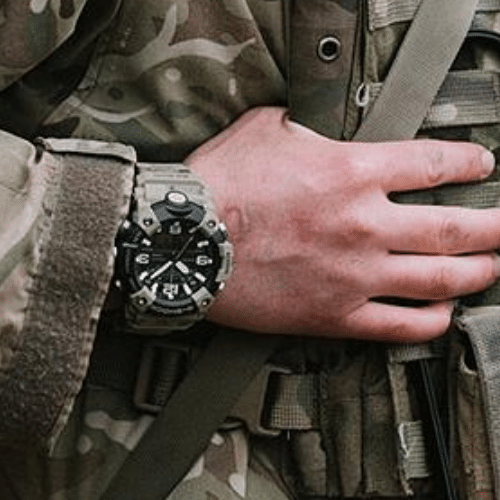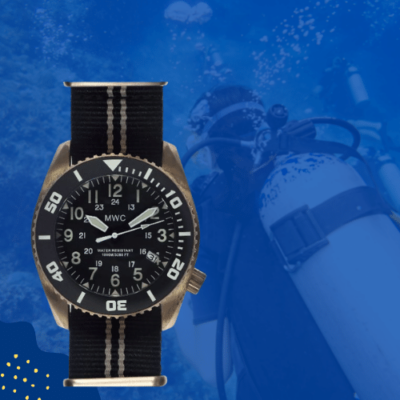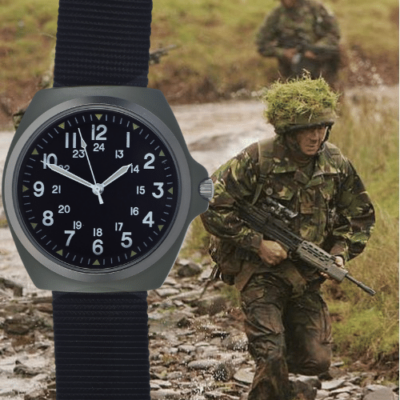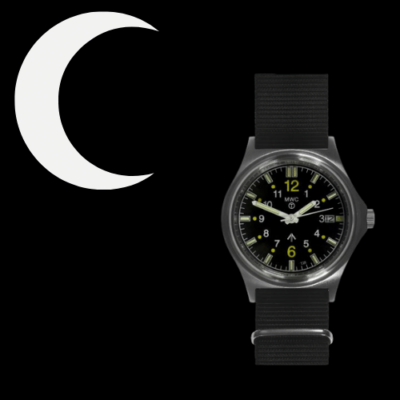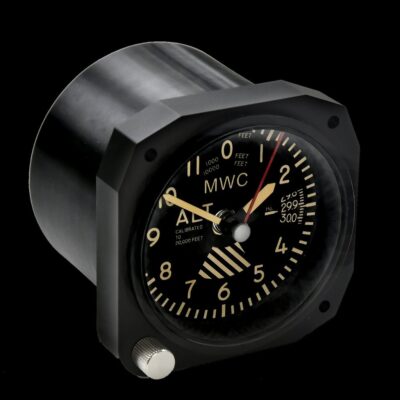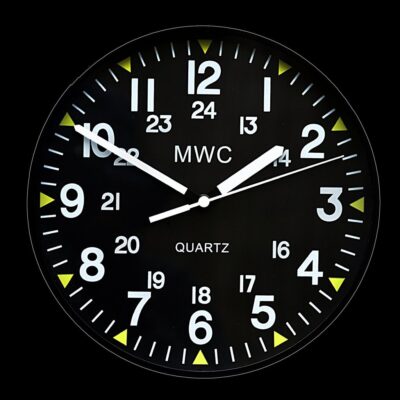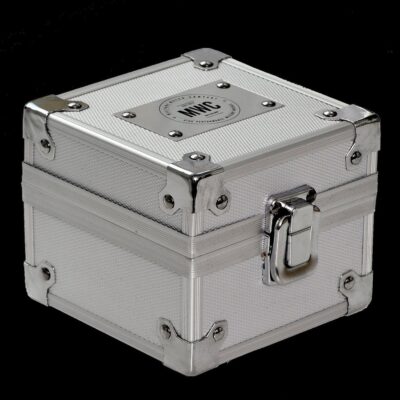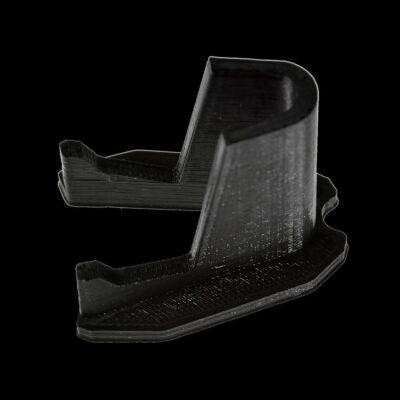News
China’s CH-7 Unmanned Stealth Bomber Makes First Flight
China’s CH-7 unmanned long range stealth bomber has made its long anticipated first flight, with footage released on November 12 confirming that the program had entered its flight testing stages. The aircraft was first unveiled in November 2024, closely coinciding with the Zhuhai Air Show, at a time when it was undergoing runway trials. Developed by the China Aerospace Science and Technology Corporation (CASC) 11th Research Institute, the unmanned bomber’s flying wing design indicates a strong emphasis on stealth capabilities, and potentially an intention to be able to penetrate enemy airspace at high altitudes to engage targets using precision guided bombs. The aircraft’s development has the potential to be a game changer for the ability of Chinese air power to strike targets across the Western Pacific, including Western Bloc warships and military facilities from Japan to the Philippines and Singapore.

Since the CH-7’s unveiling, a much heavier type of unmanned stealth bomber of unknown designation has been unveiled, which appears to be an intercontinental range strategic aircraft. The intercontinental range bomber has a wingspan significantly wider than that of the B-21 Raider currently under development for the U.S. Air Force, and was first seen in satellite images in June, before making its first flight in October. Both programs indicate sufficient confidence in automation to allow unmanned aircraft to conduct bomber operations at the most sensitive and highest intensity levels, contrasting to the United States which build the B-21 as a manned aircraft, albeit with reduced pilot requirements from two to just one.
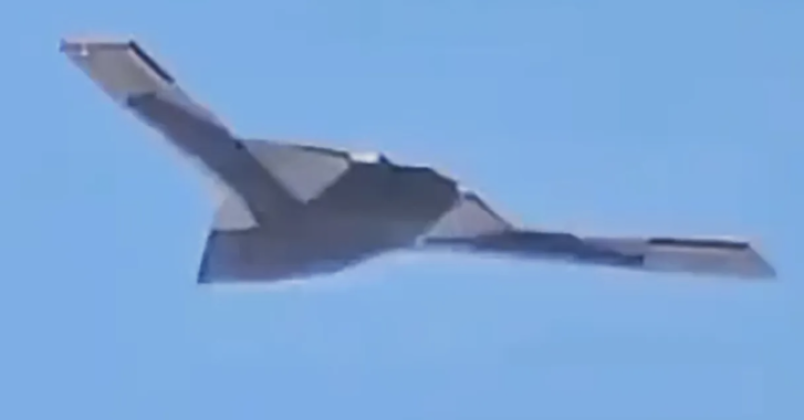
The CH-7’s 26 meter wingspan is smaller than the 33 meter wingspan of the H-6 bomber currently in service, although a more efficient design and the lack of a need for a cockpit and life support systems could allow it to retain a longer range and similar weapons carrying capacity. The aircraft may thus be allocated similar roles to the H-6 fleet, with a greater focus on higher risk operations closer to well defended enemy airspace. The implications of the CH-7’s development are highly significant for the balance of power in the Pacific, with no other states known to field remotely comparable aircraft. The program follows major Chinese success in developing stealth aircraft, with the country currently being the only one to serially produce two entirely different fifth generation fighter types simultaneously, while leading the world in sixth generation fighter development. Technologies such as stealth coatings, radars, and composite materials from these programs are likely to benefit programs like the CH-7 and its heavier intercontinental range counterpart.

